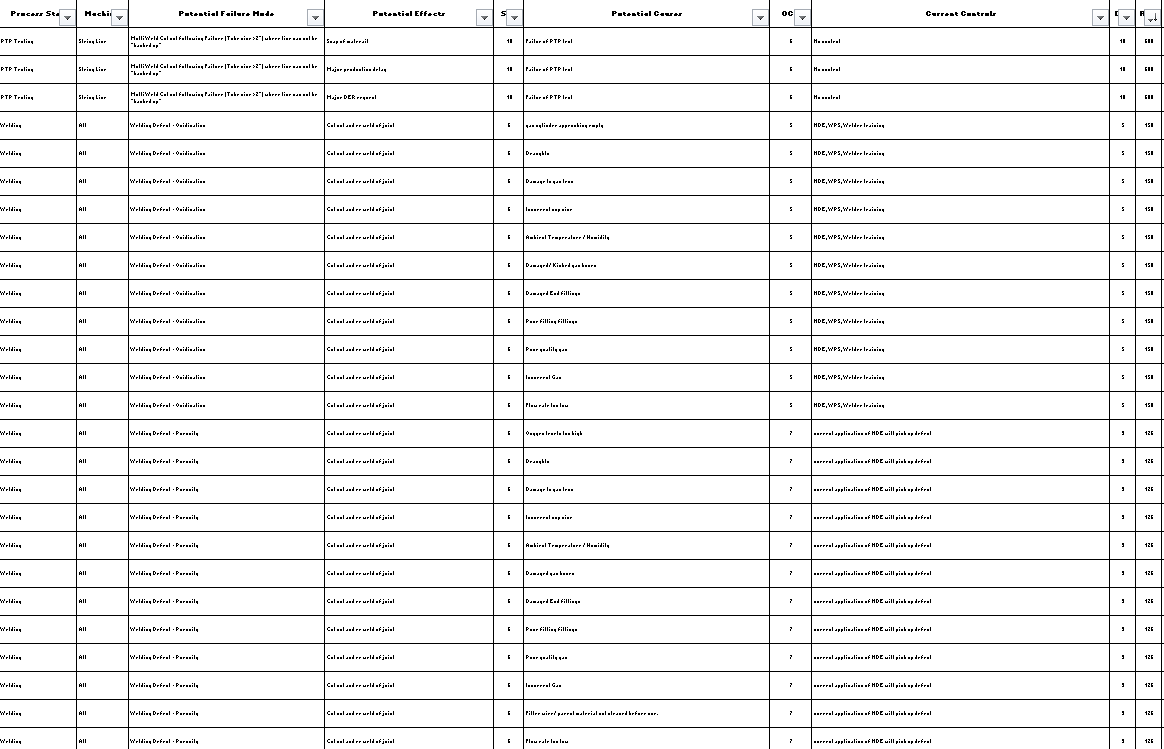Case Study: HAZOP-Led Welding Assurance for Oil & Gas Pressure Systems
Client
Confidential – Offshore Oil & Gas Operator
Project Overview
Carbon Arc was engaged to support the fabrication and qualification of pressure-retaining components for an offshore oil and gas installation. The project involved complex welding operations on high-integrity systems subject to ASME Section IX and the Pressure Equipment Directive (PED). Given the critical nature of the equipment, a HAZOP (Hazard and Operability Study) was integrated into the welding engineering scope to proactively identify and mitigate risks.
Our Role
Carbon Arc led the development and execution of a welding-focused HAZOP study, which was embedded into the broader engineering assurance framework. Key activities included:
Identifying potential deviations in welding processes using HAZOP guide words (e.g., “no weld,” “more heat,” “wrong filler”)
Evaluating risks associated with material selection, joint design, and environmental conditions
Reviewing welding procedure specifications (WPS) and qualifications (WPQR) for compliance and robustness
Assessing NDT protocols and inspection readiness
Documenting safeguards and corrective actions to ensure operability and safety
Execution & Oversight
Carbon Arc facilitated cross-disciplinary HAZOP workshops involving welding engineers, quality managers, and client representatives. The study focused on:
Aluminium and carbon steel weldments used in pressure systems
Process deviations that could lead to weld failure, distortion, or non-compliance
Inspection gaps in radiographic and ultrasonic testing
Operational risks such as delayed preheat, incorrect shielding gas, or post-weld heat treatment errors
Outcome
The HAZOP-led approach resulted in:
Early identification of critical welding risks
Enhanced documentation and traceability for regulatory audits
Improved weld quality and reduced rework
Successful certification of pressure systems under ASME IX and PED
Carbon Arc’s integration of HAZOP methodology into the welding engineering scope set a new benchmark for proactive risk management in oil and gas fabrication projects.
377 line FMECA matrix produced as part of the scope


